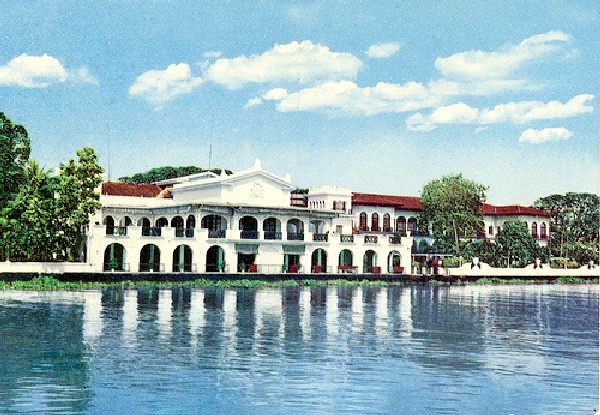(Eagle News) — The Department of Transportation on Friday, May 1, released its guidelines for transportation allowed in areas under a general community quarantine.
In a statement, the DOTr said all public utility vehicle drivers, should wear masks and gloves.
All terminals and PUVs shall be disinfected regularly as well.
To ensure social distancing, the DOTr set a limit to the number of passengers allowed in each PUV.
According to the DOTr, the number of passengers should not exceed 50 percent of the maximum capacity of each public utility bus and public utility jeepney.
For UV Express vehicles and taxis, the DOTr said each row should have no more than two passengers, except in front, where only one passenger is allowed beside the driver.
For tricycles, the DOTr said only one passenger is allowed in each side-car. No passenger is allowed to sit behind the driver.
Private vehicles
According to the DOTr, private vehicles and motorcycles shall only be allowed on the road if the purpose for the travel was “essential” according to guidelines set by the Inter-Agency Task Force for the Management of Emerging Infectious Diseases.
The agency said in each private vehicle, only one passenger may sit in front, while only two passengers are allowed in each of the other rows.
No passenger is allowed to sit behind the driver of a private motorcycle.
Bicycles and the like, the DOTr, said, are allowed.
“Bibiyahe na ang mga pampublikong transportasyon sa mga kalsada na napapailalim sa GCQ, ngunit maghihigpit kami sa pagpapatupad ng mga health safety standards para bigyang-proteksyon ang ating mga drayber at pasahero,” DOTr Assistant Secretary for Road Transport and Infrastructure Mark Richmund de Leon said.
Special permit
According to Land Transportation Franchising and Regulatory Board Chair Martin Delgra III, PUV drivers and operators may now apply for the special permit to ply roads for the duration of the general community quarantine via email or other online platforms.
No payment is required for the special permit.
“Uunahing mamasada ang mga PUV na maaaring magsakay ng maraming pasahero tulad ng bus alinsunod sa Department Order No. 2017-011, o Omnibus Guidelines on the Planning and Identification of Public Road Transportation Services and Franchise Issuance. Pero sa mga lugar na kulang ang bus sa dami ng pasahero o di kaya ay hindi akma ang mga kalsada para sa bus, prayoridad na bumiyahe ang mga yunit na PUVMP compliant. Ngunit kung wala pa din bus at modern PUVs sa lugar, maaari nang mamasada ang PUJ at UV Express. Kapag wala na talagang ibang transportasyong pampubliko, maaaring mamasada ang mga traysikel alinsunod sa desisyon ng LTFRB at ng lokal na pamahalaan,” Delgra said.
The DOTr said all violators of the agency guidelines will be fined.
The LTFRB, Land Transportation Office, Inter-Agency Council on Traffic, and other authorized IATF personnel will conduct surprise daily inspections, the DOTr said.
“Nananawagan ang DOTr sa mga enforcement agencies tulad ng (Philippine National Police) at (local government units) para tiyakin ang pagsunod sa social distancing at sanitasyon sa mga terminal at sasakyan na nasa kanilang mga munisipalidad,” De Leon said.
Public transportation is still banned in areas under an extended enhanced community quarantine.
(Eagle News Service)








